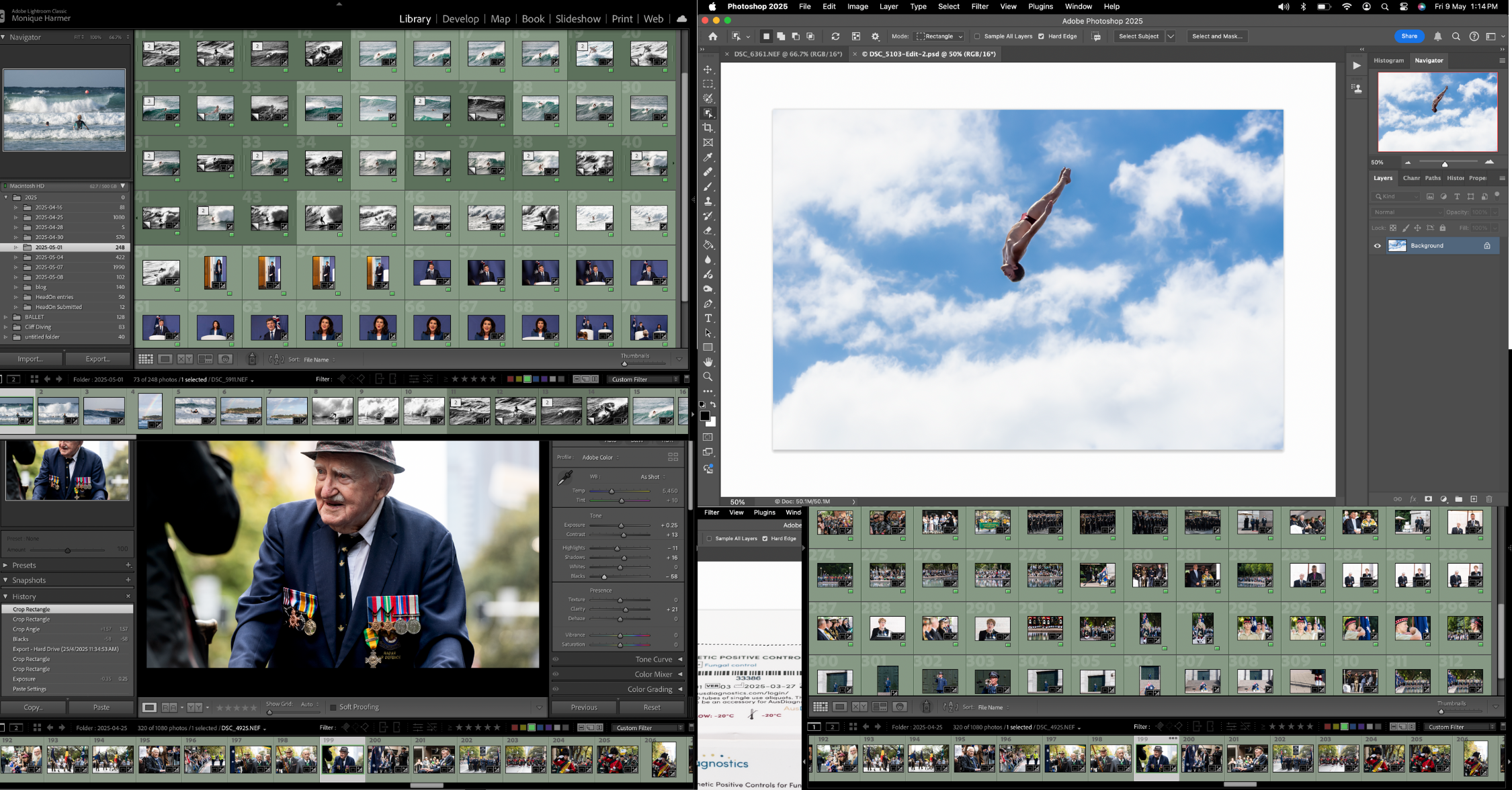
Edit Photos Like a Pro Lightroom Photoshop 2025
Mastering Creative Control📸 How to Edit Photos Like a Pro in Lightroom & Photoshop (2025 Creative Photographer’s Guide) How do you edit photos like a
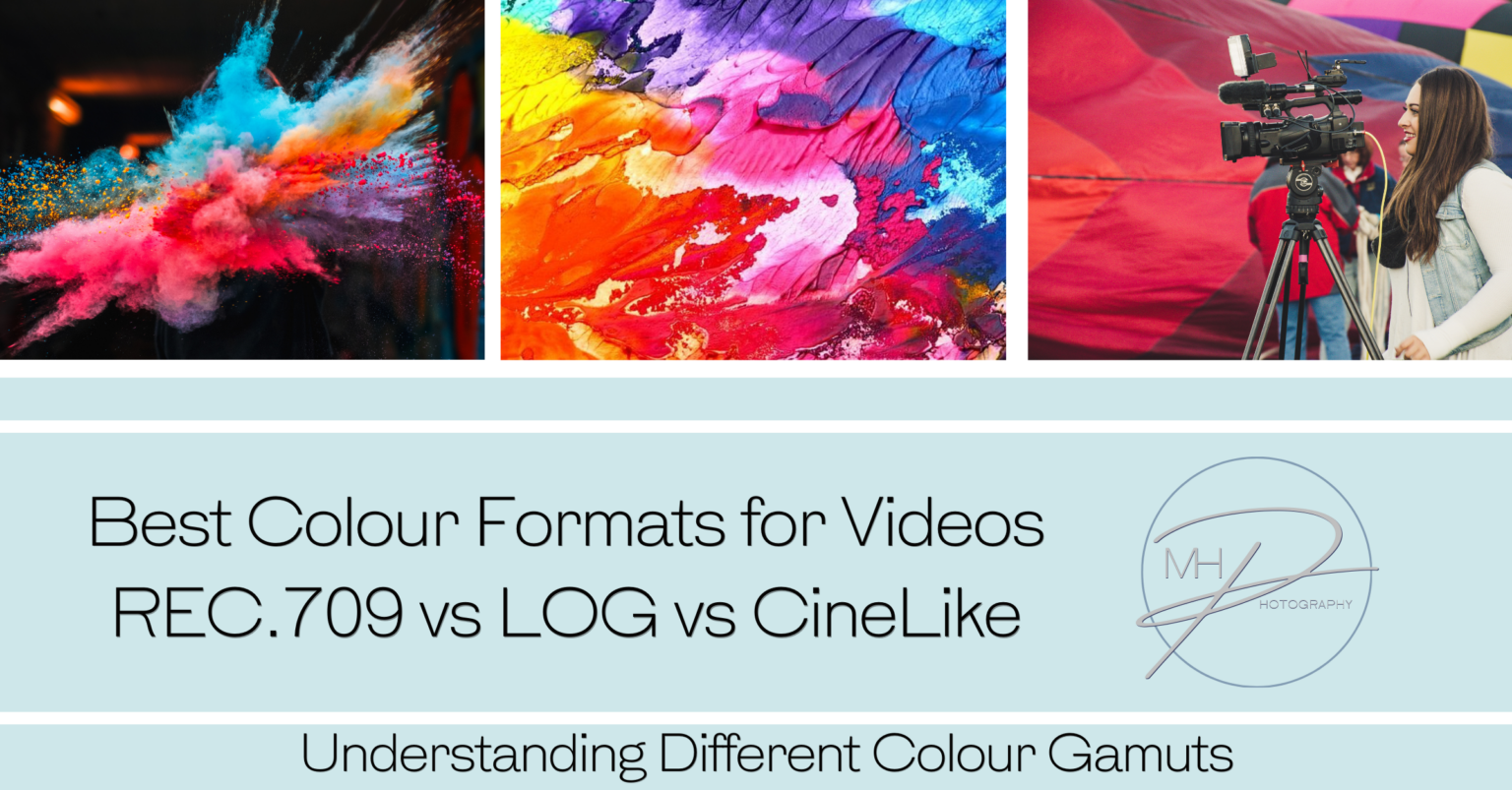
When shooting and editing video, understanding different colour formats and gamuts is crucial for achieving the desired visual style and ensuring compatibility across various platforms. The three most commonly used colour formats in video production are REC.709, LOG, and CineLike. Each format has distinct characteristics and is suited for different purposes. Below is a breakdown of these colour formats, their uses, and why you would choose one over the others.
Description: REC.709 is the standard colour gamut for HD video (1080p resolution). It defines the colour space for most consumer HDTVs, Blu-ray discs, streaming platforms, and professional broadcast TV. It’s a widely used standard that ensures consistency across various viewing platforms.
Advantages:
Disadvantages:
When to Use:
Description: LOG is a type of flat colour profile used primarily for cinematography. It’s not a colour gamut, but rather a gamma curve that is designed to capture more dynamic range and retain more information in the highlights and shadows. There are several variants of LOG, including S-Log (Sony), C-Log (Canon), and V-Log (Panasonic).
Advantages:
Disadvantages:
When to Use:
Description: CineLike is a flatter colour profile designed by Panasonic for use in its consumer and prosumer cameras (such as the GH5). It is somewhat similar to LOG in that it is intended for use in situations where the footage needs to be colour graded later, but it offers a less extreme starting point than LOG.
Advantages:
Disadvantages:
When to Use:

Each colour format has its strengths, and the best one to choose depends on the type of content you’re producing, the post-production process, and the overall visual style you’re aiming to achieve.
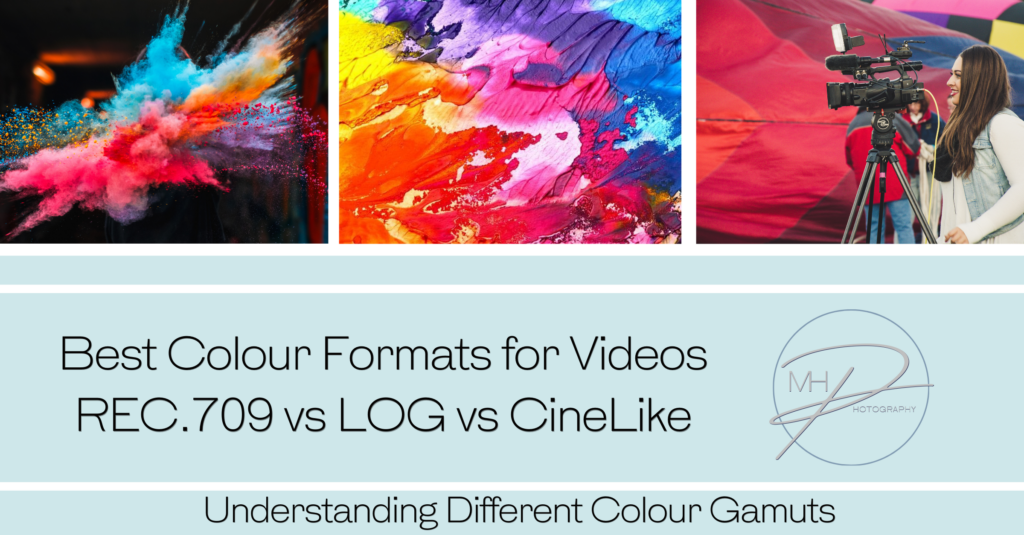
No spam, notifications only about new blogs & updates.

Personal and business brand photographer and educator, super passionate about empowering business women and men to have a positive self perception, with the right tools and guidance so they can share their gifts with the world.


Mastering Creative Control📸 How to Edit Photos Like a Pro in Lightroom & Photoshop (2025 Creative Photographer’s Guide) How do you edit photos like a

DSLR vs. Mirrorless in 2025: Which Should You Choose and Why It Matters In the fast-evolving world of photography, choosing between a DSLR and a

🔹 Best Cameras for Beginners (2025) 1. Canon EOS R50 Why: Compact, lightweight mirrorless with strong autofocus and image quality. Sensor: APS-C Key Features: Dual

Mastering Low-Light Photography: Best Camera Settings With and Without Flash Low-light photography can be a creative playground or a technical challenge—often both. Whether you’re capturing
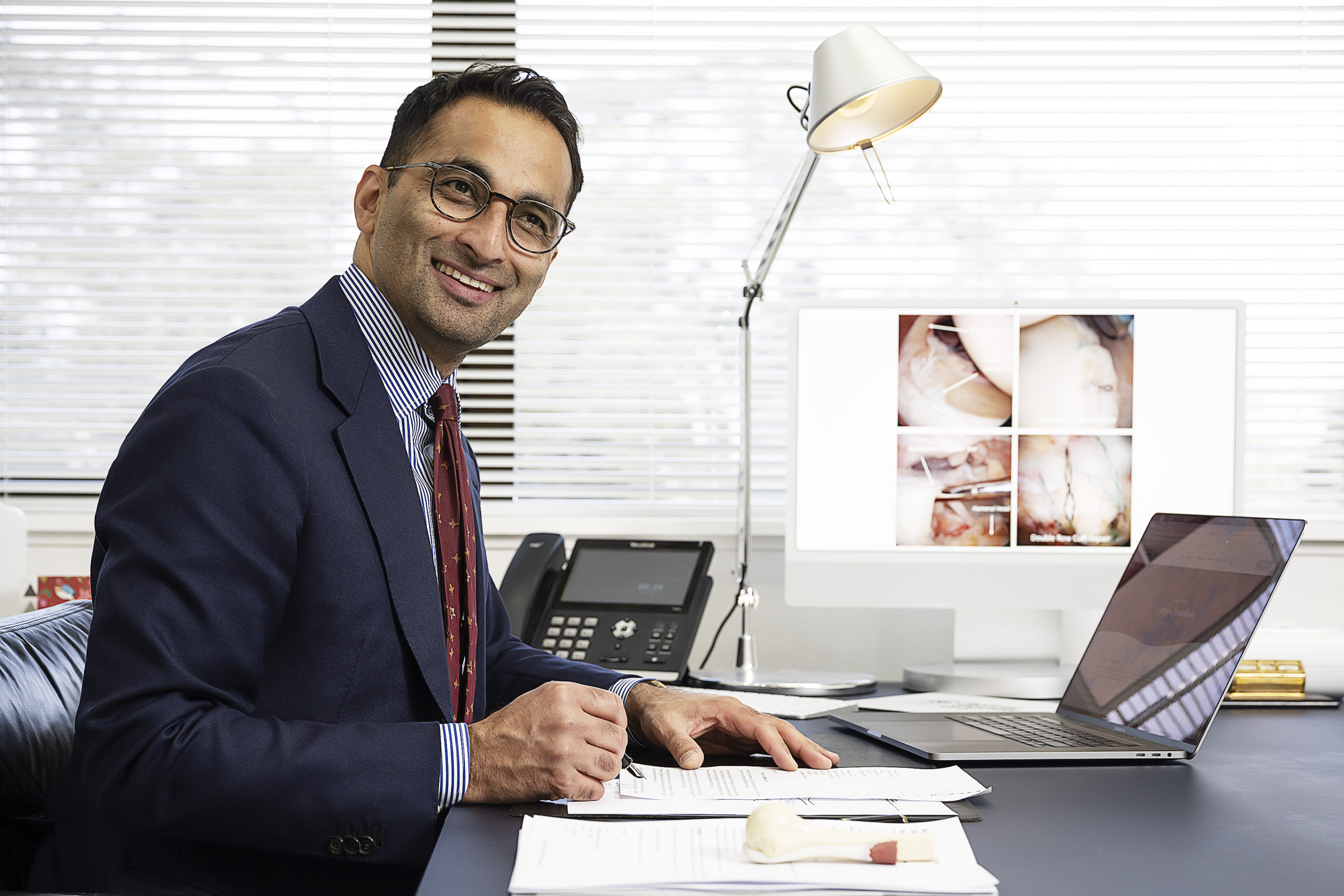
Why Posing Matters in Portrait Photography Posing isn’t about stiff limbs or forced smiles—it’s about bringing out the best in your subject. Whether you’re working
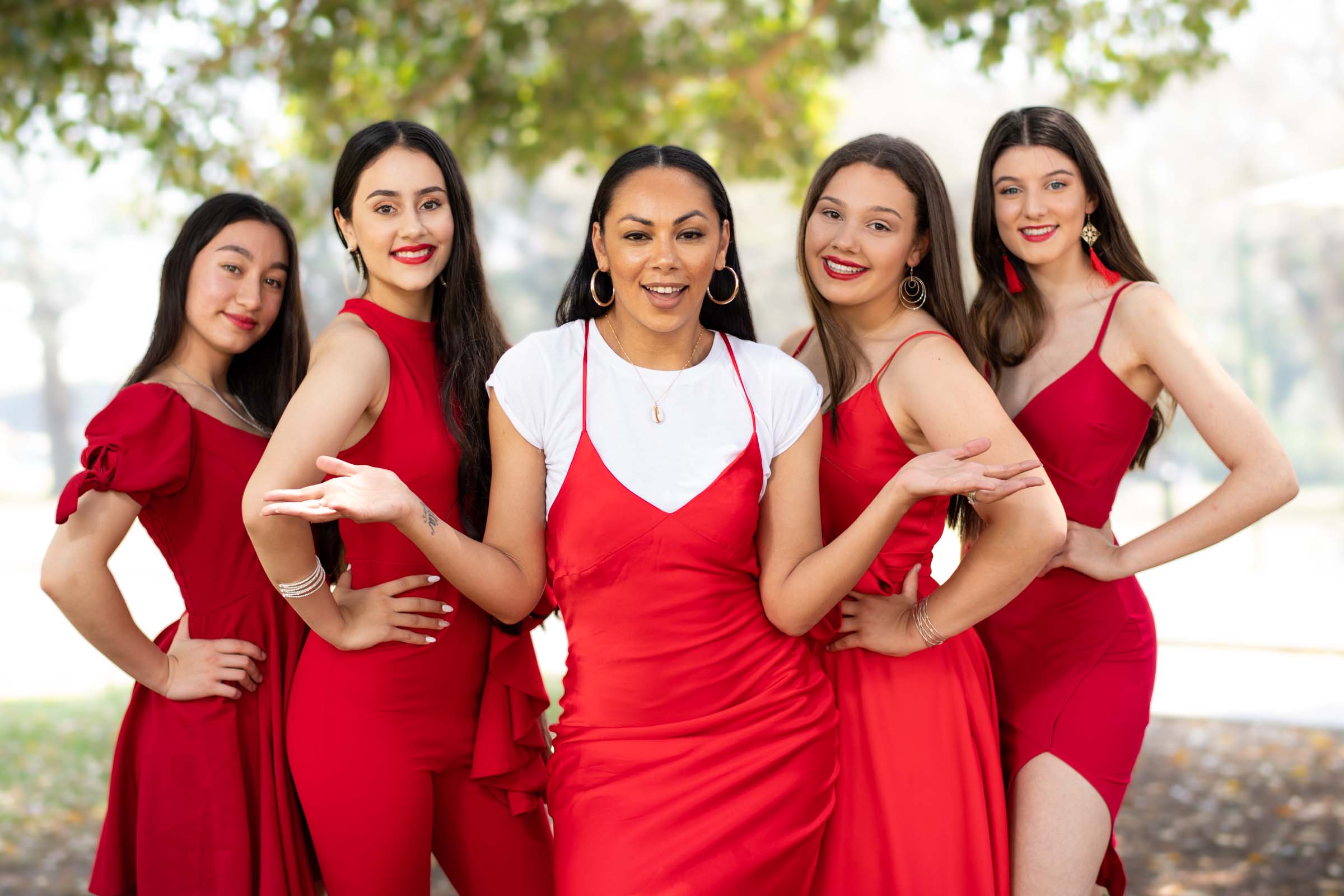
The Power of Open Body Language in Photography When it comes to capturing natural, powerful portraits, body language speaks louder than lighting, gear, or even
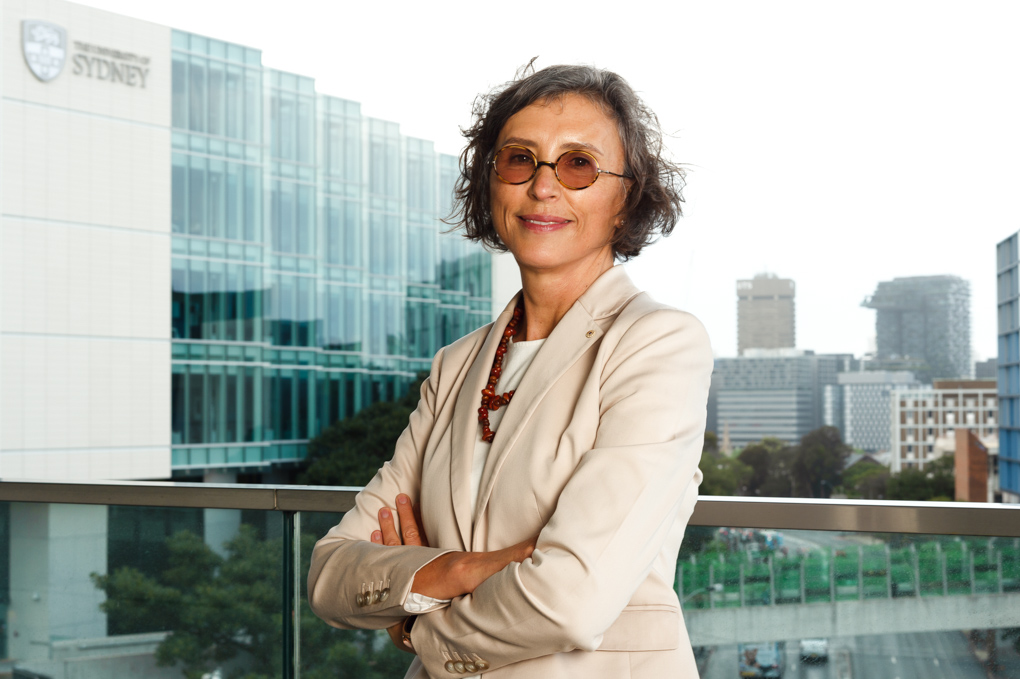
How Do I Balance Flash with Ambient Light Balancing flash with ambient light is a key skill that separates average photos from beautifully lit, professional-looking

A Photographer’s Guide to Creative Expansion In photography, light isn’t just an element—it’s the language we speak.And when it comes to natural light, we are

A Beginner’s Guide to Beautiful Lighting Natural light is one of the most beautiful and accessible tools in a portrait photographer’s toolkit. But to truly

what you need to know Getting sharp images is a combination of good technique, the right settings, and proper camera handling. Here’s what you need

Many professional cameras offer dual card slots, allowing photographers and videographers to use two memory cards simultaneously. This feature enhances workflow efficiency, data security, and

The exposure triangle The exposure triangle is a fundamental concept in photography that explains the relationship between three key elements that control the exposure (brightness